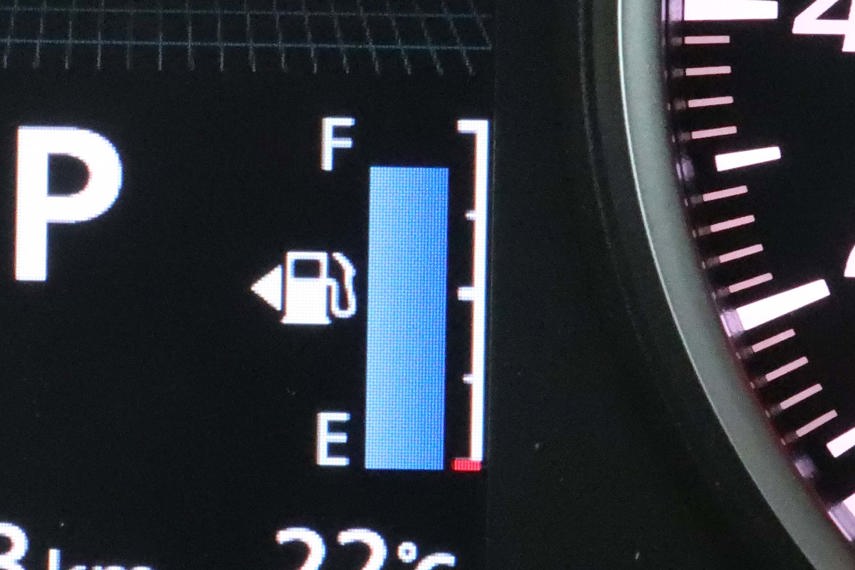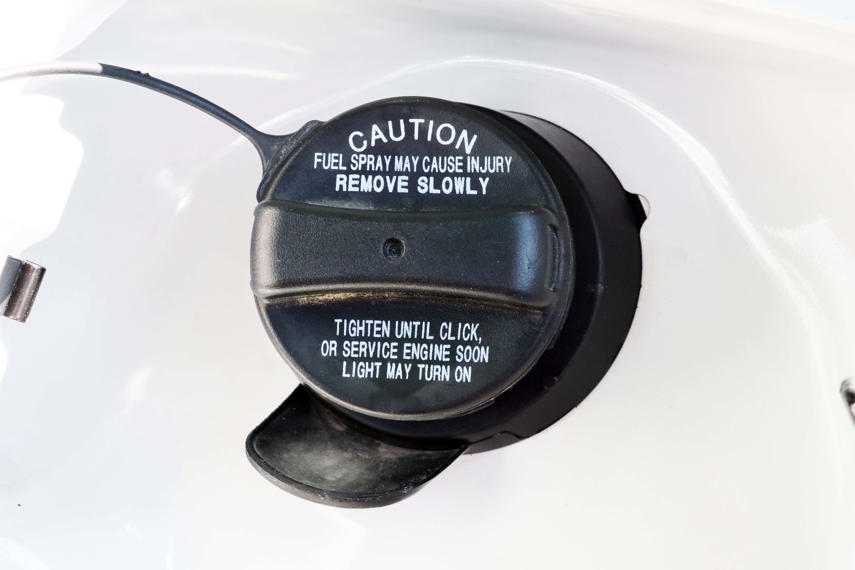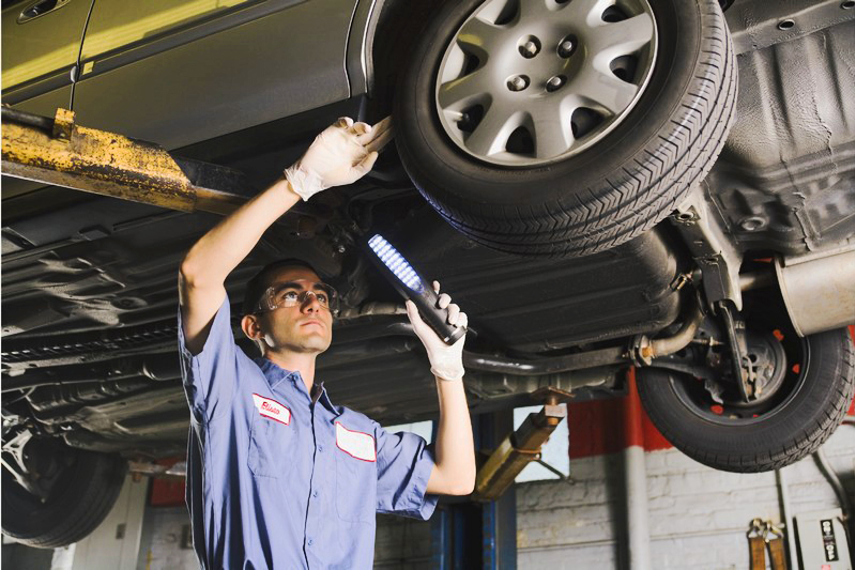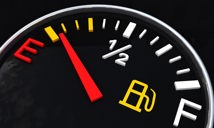Most people are familiar with range anxiety, the fear of running out of fuel while on the road; but did you know there is an opposite phenomenon, where people try to stretch each top-up to the very last millilitre?
It seems like a low-risk, high-reward practice. Best-case scenario? You get an extra bit of range before filling up again. The worst case – well, you’re stuck on the side of the road, calling for a tow or walking to the nearest gas station for a jerry can of fuel. But you know your car and that would never happen, right?
Just beware, taking this gamble frequently can find you and your car facing bigger, more costly issues.

A Lightbulb Moment
A little light’s just come on beside your fuel gauge, but what does it mean, exactly? That light signals that the fuel is at the reserve level, which is typically between 10 to 15 percent of the total tank.
If you want to be better informed about how much farther you can drive when the light comes on, consider your vehicle’s total range when the tank is full. If each tank gets you somewhere along 500 kilometres, ten percent of it is just the first two digits, so 50 out of a 500 km tank. That’s a very general way to calculate just how much range you have left; inclement weather, rough terrain, and heavy cargo can all affect fuel economy.
So if you know how much range you have left, what’s the harm in running it down?

Pumping Trouble
The problem, as it turns out, concerns your vehicle’s fuel pump, which is an important component in your vehicle, as it sends gas from the tank to the engine.
“Gas or diesel fuel not only makes your engine run but also works as a coolant and lubricant for your fuel pump,” says Sean Cooney-Mann, a technician and service manager at OK Tire in Etobicoke, Ont. “When you run low on fuel there is added pressure on the pump to work harder with less lubrication, [which] can shorten the pump’s lifespan.”
Broken or underperforming fuel pumps can cause several issues, including problematic starts and poor acceleration.
“Also, a low fuel level can cause the pump to suck in air which dries out the internal workings,” Cooney-Mann adds.
Furthermore, any kind of dirt or sediment in the gas tank tends to settle at the bottom before clogging the fuel pump filter, which can cause some of the issues mentioned.

A Net Loss in the Long Run
“It can be an expensive repair,” says Cooney-Mann. “On occasion, the entire fuel tank may have to be lowered down to access the pump.” He also explains that some vehicles have a trapdoor underneath the back seats that needs to be accessed to gain entry into the tank.
You’re not just paying for the labour, but the parts too. “Most pumps are purchased as a module, complete with the sending unit, level sensor, pump, and strainer which increases your part cost,” says Cooney-Mann.
Of course, there’s also the fact that your car is off the road during these repairs.
All of this begs the question: Is it worth it to drive your car to empty every tank? If you want our advice, seek out a station as soon as the fuel warning light turns on.

